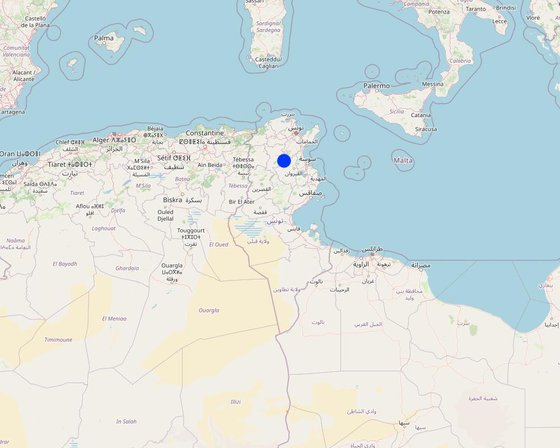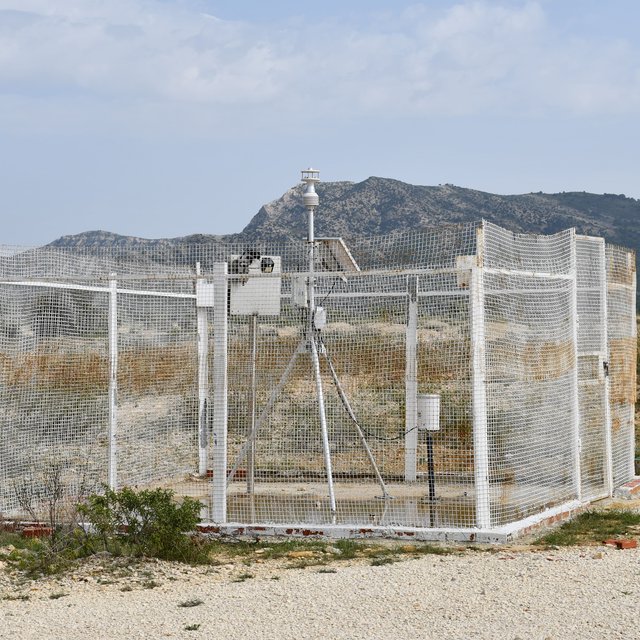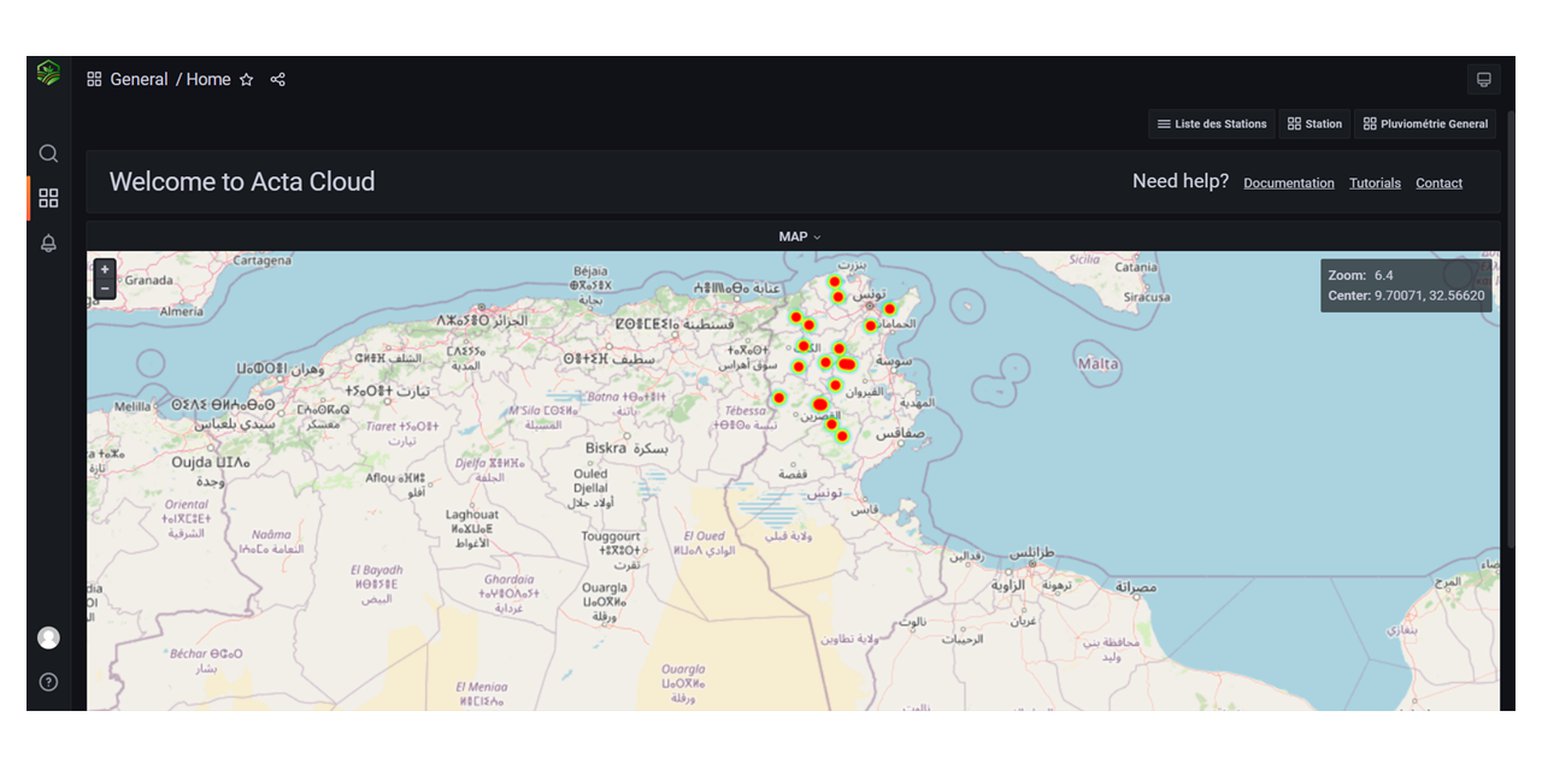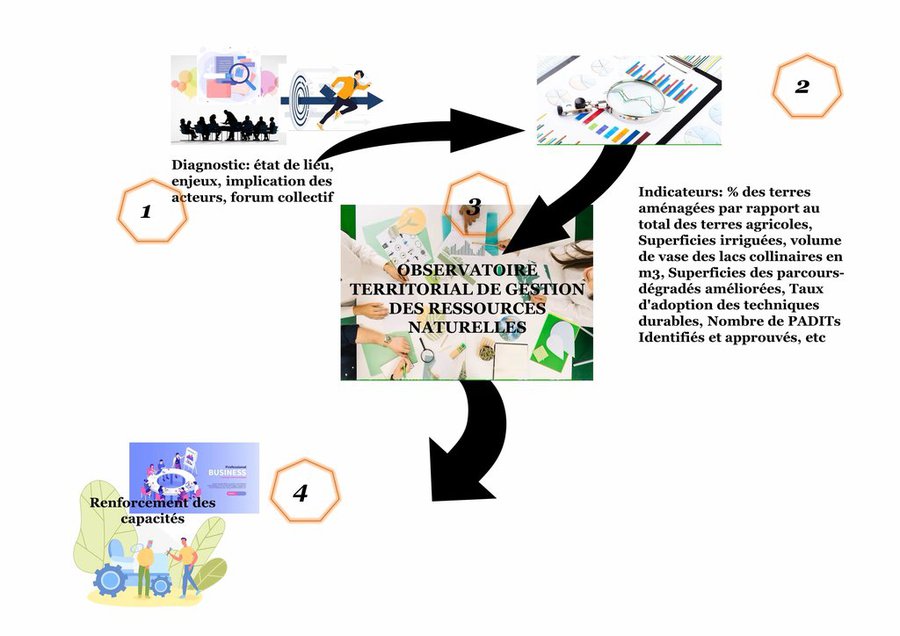Territorial Natural Resource Management Observatory
(Tunisia)
Description
A territorial natural resources management observatory is a scientific, technical and institutional system set up in a given area to observe, monitor and improve knowledge.
The Tunisian revolution underscored the need for increased citizen involvement in rural development and the management of natural resources. With a focus on decentralization and providing local authorities with fiscal and administrative autonomy as key components of the new Constitution, DG/ACTA aims to promote a collaborative planning approach for the integrated and sustainable management of vulnerable natural resources, economic development in rural areas, and improved governance for territorial development.
To achieve these goals, DG/ACTA has initiated the establishment of a multi-institutional platform. This platform serves the purpose of collecting, processing, analyzing, and disseminating information, as well as providing support for concerted planning and decision-making. This platform is known as the Territorial Observatory for Natural Resource Management.
Location

Location: Tunisia
Geo-reference of selected sites
Initiation date: n.a.
Year of termination: n.a.
Type of Approach
-
traditional/ indigenous
-
recent local initiative/ innovative
-
project/ programme based

-
Approach aims and enabling environment
Main aims / objectives of the approach
n.a.
Conditions enabling the implementation of the Technology/ ies applied under the Approach
-
Social/ cultural/ religious norms and values: None
-
Availability/ access to financial resources and services: None
-
Institutional setting: None
-
Collaboration/ coordination of actors: None
-
Policies: None
-
Knowledge about SLM, access to technical support: None
-
Markets (to purchase inputs, sell products) and prices: None
-
Other: None
Conditions hindering the implementation of the Technology/ ies applied under the Approach
Participation and roles of stakeholders involved
Stakeholders involved in the Approach and their roles
| What stakeholders / implementing bodies were involved in the Approach? |
Specify stakeholders |
Describe roles of stakeholders |
| local land users/ local communities |
|
|
| community-based organizations |
|
|
| SLM specialists/ agricultural advisers |
|
|
| researchers |
|
|
| NGO |
|
|
| private sector |
|
|
| local government |
|
|
| national government (planners, decision-makers) |
|
|
| international organization |
|
|
Involvement of local land users/ local communities in the different phases of the Approach
none
passive
external support
interactive
self-mobilization
Decision-making on the selection of SLM Technology
Decisions were taken by
-
land users alone (self-initiative)
-
mainly land users, supported by SLM specialists
-
all relevant actors, as part of a participatory approach
-
mainly SLM specialists, following consultation with land users
-
SLM specialists alone
-
politicians/ leaders
Decisions were made based on
-
evaluation of well-documented SLM knowledge (evidence-based decision-making)
-
research findings
-
personal experience and opinions (undocumented)
Technical support, capacity building, and knowledge management
The following activities or services have been part of the approach
-
Capacity building/ training
-
Advisory service
-
Institution strengthening (organizational development)
-
Monitoring and evaluation
-
Research
Capacity building/ training
Training was provided to the following stakeholders
-
land users
-
field staff/ advisers
Form of training
-
on-the-job
-
farmer-to-farmer
-
demonstration areas
-
public meetings
-
courses
Advisory service
Advisory service was provided
-
on land users' fields
-
at permanent centres
Institution strengthening
Institutions have been strengthened / established
-
no
-
yes, a little
-
yes, moderately
-
yes, greatly
Describe institution, roles and responsibilities, members, etc.
Type of support
-
financial
-
capacity building/ training
-
equipment
Further details
Monitoring and evaluation
Research
Research treated the following topics
-
sociology
-
economics / marketing
-
ecology
-
technology
Financing and external material support
Annual budget in USD for the SLM component
-
< 2,000
-
2,000-10,000
-
10,000-100,000
-
100,000-1,000,000
-
> 1,000,000
Precise annual budget: n.a.
The following services or incentives have been provided to land users
-
Financial/ material support provided to land users
-
Subsidies for specific inputs
-
Credit
-
Other incentives or instruments
Financial/ material support provided to land users
partly financed
fully financed
agricultural: seeds: fertilizers
Labour by land users was
-
voluntary
-
food-for-work
-
paid in cash
-
rewarded with other material support
Impact analysis and concluding statements
Impacts of the Approach
No
Yes, little
Yes, moderately
Yes, greatly
Did the Approach empower local land users, improve stakeholder participation?
Did the Approach enable evidence-based decision-making?
Did the Approach help land users to implement and maintain SLM Technologies?
Did the Approach improve coordination and cost-effective implementation of SLM?
Did the Approach improve knowledge and capacities of land users to implement SLM?
Did the Approach improve knowledge and capacities of other stakeholders?
Did the Approach build/ strengthen institutions, collaboration between stakeholders?
Did the Approach mitigate conflicts?
Did the Approach improve gender equality and empower women and girls?
Did the Approach encourage young people/ the next generation of land users to engage in SLM?
Did the Approach improve issues of land tenure/ user rights that hindered implementation of SLM Technologies?
Did the Approach lead to improved food security/ improved nutrition?
Did the Approach improve access to markets?
Did the Approach lead to improved access to water and sanitation?
Did the Approach lead to more sustainable use/ sources of energy?
Did the Approach improve the capacity of the land users to adapt to climate changes/ extremes and mitigate climate related disasters?
Did the Approach lead to employment, income opportunities?
Main motivation of land users to implement SLM
-
increased production
-
increased profit(ability), improved cost-benefit-ratio
-
reduced land degradation
-
reduced risk of disasters
-
reduced workload
-
payments/ subsidies
-
rules and regulations (fines)/ enforcement
-
prestige, social pressure/ social cohesion
-
affiliation to movement/ project/ group/ networks
-
environmental consciousness
-
customs and beliefs, morals
-
enhanced SLM knowledge and skills
-
aesthetic improvement
-
conflict mitigation
Sustainability of Approach activities
Can the land users sustain what hat been implemented through the Approach (without external support)?
Conclusions and lessons learnt
Strengths: land user's view
Strengths: compiler’s or other key resource person’s view
Weaknesses/ disadvantages/ risks: land user's viewhow to overcome
Weaknesses/ disadvantages/ risks: compiler’s or other key resource person’s viewhow to overcome
References
Editors
-
Siagbé Golli
-
Faouzi Harrouchi
-
faouzi BATTI
-
Fatma Maaloul
-
Tabitha Nekesa
-
Ahmadou Gaye
Reviewer
-
William Critchley
-
Rima Mekdaschi Studer
Date of documentation: Feb. 6, 2023
Last update: May 1, 2024
Resource persons
-
Faouzi Harrouchi (harrouchi.fawzi@gmail.com) - SLM specialist
-
faouzi BATTI (batti.faouzi@yahoo.es) - SLM specialist
-
Fatma Maaloul (maaloulfa@gmail.com) - SLM specialist
Full description in the WOCAT database
Documentation was faciliated by
Institution
- Direction Générale de l’Amenagement et de Conservation des Terres Agricoles (DG/ACTA) - Tunisia
- GIZ Tunisia (GIZ Tunisia) - Tunisia
Project
- Soil protection and rehabilitation for food security (ProSo(i)l)
Links to relevant information which is available online






